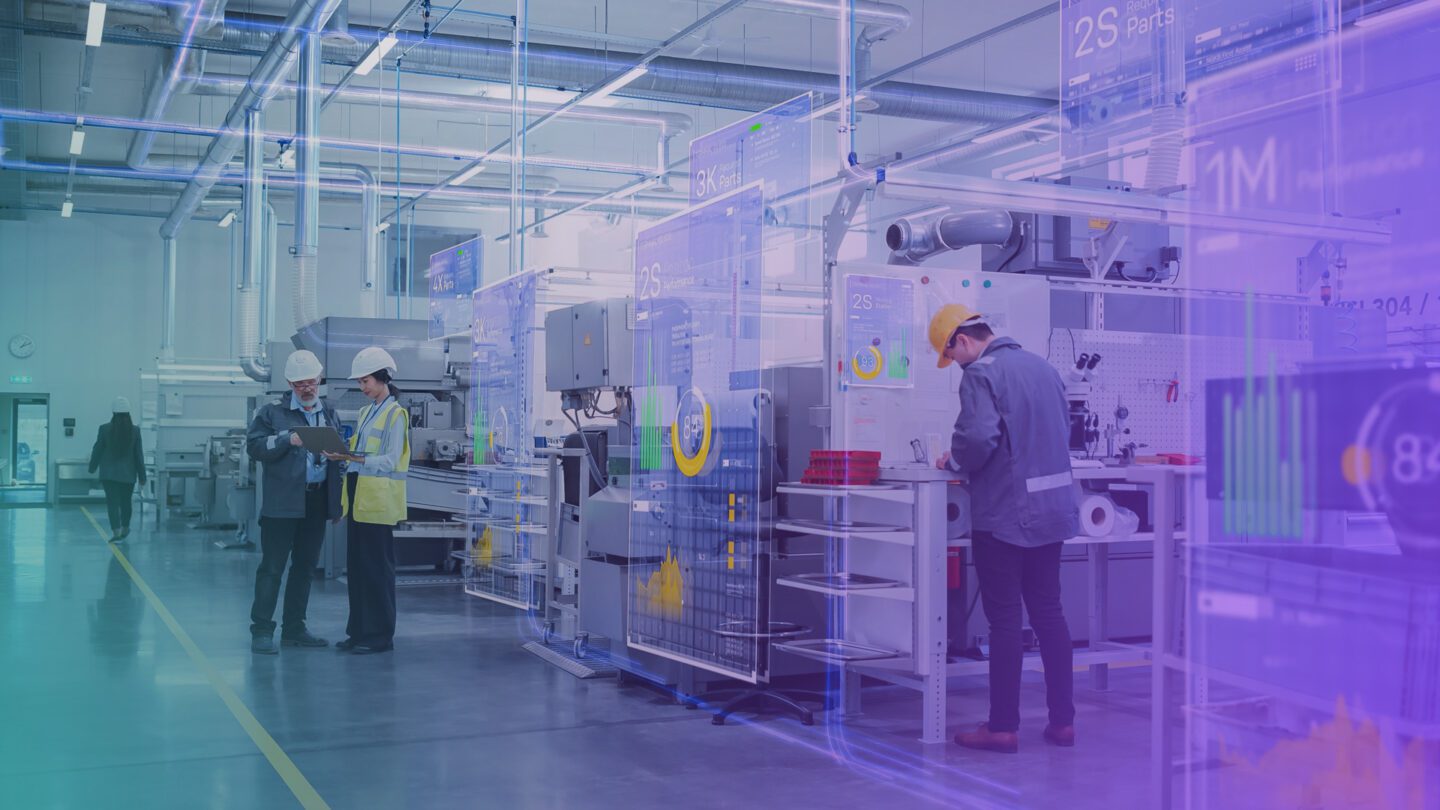IoT in Manufacturing: Stepping into a Massive Transformation at Hannover Messe
Discover the invaluable insights gleaned from Hannover Messe and learn how Original Equipment Manufacturers (OEMs) can navigate the challenges of implementing IoT strategies while overcoming integration complexities.

Imagine stepping into a massive trade fair bustling with thousands of exhibitors and hundreds of thousands of visitors from all over the world. That’s the Hannover Messe, one of the world’s largest industrial technology trade fairs. After a hiatus due to COVID-19, the event made a triumphant return, showcasing the latest advancements in automation, robotics, digitalization, and more.
As I explored the fair, it became clear that the industry is undergoing a significant transformation, particularly in relation to the integration of IoT technology. In this blog post, we’ll delve into the insights gained from Hannover Messe and explore the challenges and opportunities that Original Equipment Manufacturers (OEMs) face in adopting IoT strategies.
The Transition Towards Industry 4.0
Hannover Messe has evolved over the years, embracing the concept of Industry 4.0. Originally focused on Industrial IoT (IIoT), the fair now encompasses a broader scope, integrating advanced technologies such as artificial intelligence (AI) and big data analytics. This shift reflects the ongoing trend of digitalization and automation within the manufacturing sector.
While the fair increasingly highlights the digital side of solutions, some engineers and attendees expressed concern about the diminishing presence of traditional tools and machines. The challenges for OEMs While the benefits of implementing IoT in manufacturing are clear, challenges arise when selling IoT-enabled products to customers.
Let’s explore some of the obstacles faced by OEMs. First and foremost, cost is a major issue. IoT-enabled products are inherently more expensive to produce compared to regular equipment. Customers are hesitant to pay the extra cost, putting pressure on OEMs to lower prices and tightening profit margins. The key lies in showing how these advanced products provide value through increased uptime and performance, directly benefiting the customers. Data security is another concern. With more connectivity comes a greater risk of cyberattacks and data breaches. OEMs need to build security into their IoT products and follow best practices for IoT system architecture.
OEMs have to ramp up support for new technologies. They need support teams with expertise in both the equipment and IoT in manufacturing systems to quickly diagnose and fix issues. If that is not enough, integration between systems can be complicated. OEMs usually provide components or equipment to other manufacturers. Challenges arise when equipment from different OEMs use different communication standards, data formats and processing methods. Systems may even run on different IoT platforms in different clouds. The result is difficulty integrating these systems smoothly and effectively.
Overcoming Integration Challenges
To successfully integrate IoT systems between OEMs, the following issues need to be addressed: Standardization of communication standards, the recent rise of new data formats and data models supported by consortia, makes integration much simpler. Think LWM2M or even IO-Link for that matter. Interoperability, allowing IoT systems from different OEMs to communicate and share data, is key. One approach is user-friendly APIs that simplify integration for customers and partners. With the advance in API management this domain is progressing. Next to that strong data management and analytics help integrate and process information from different IoT systems. Finally thorough testing and validation is needed to ensure IoT systems work together as intended, with accurate data sharing and performance.
Conclusion
Hannover Messe shows how manufacturing is transforming, and the crucial role of IoT. While OEMs face challenges adopting and integrating IoT systems, valuable lessons can be learned. Focusing on standardization, interoperability, APIs, data management and testing helps OEMs overcome obstacles and combine IoT systems successfully. As the industry moves towards Industry 4.0, OEMs have a chance to embrace innovation and thrive, following the example of Hannover Messe itself. The opportunity is here – let’s seize it before we become victims of our own success.